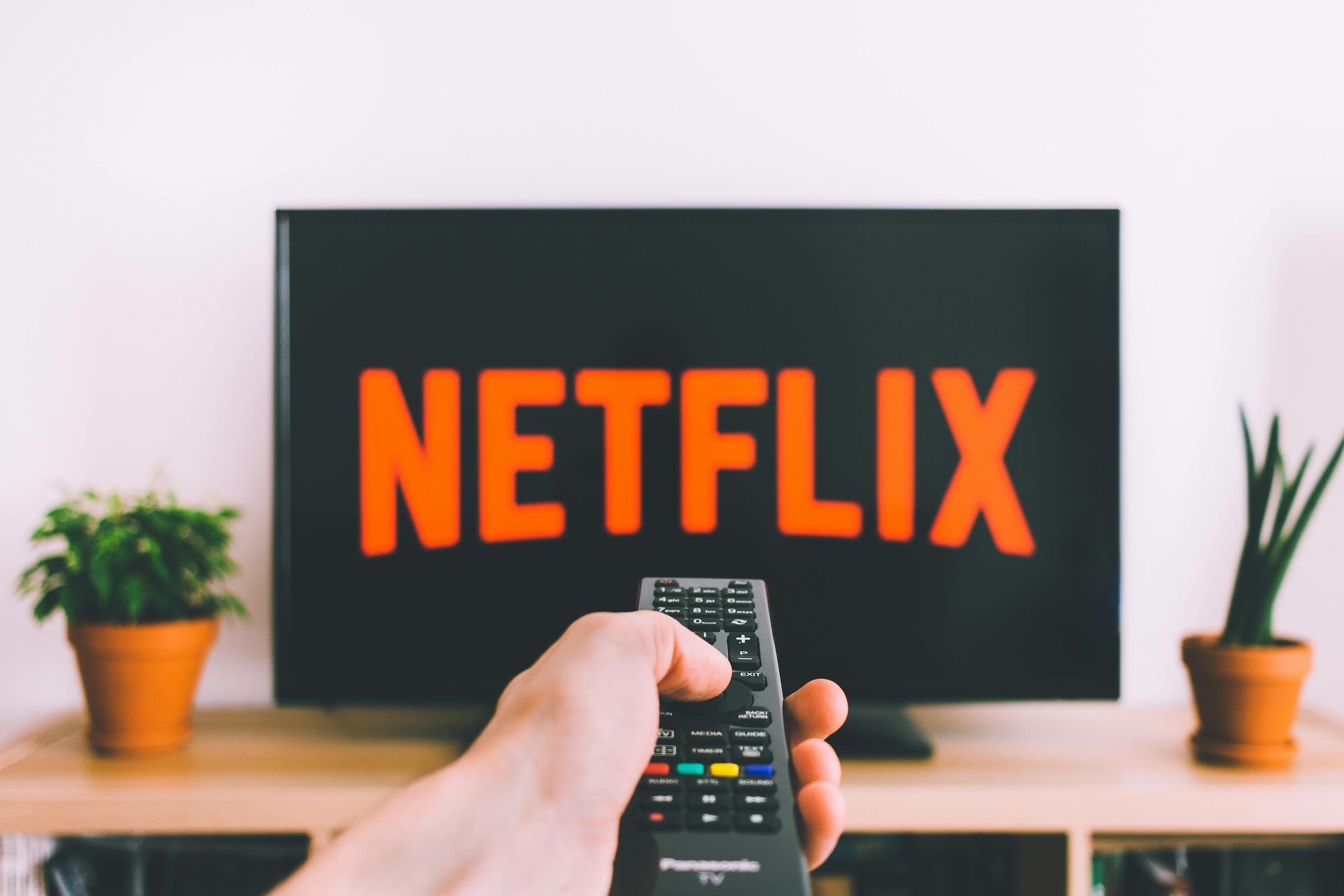The Dominance of Smartphones and the Rise of Badvertising
The mass adoption of the smartphone is the most significant development in advertising and media since the launch on ITV in 1955. The evolution to be able to address digital media started on January 9th, 2009, when Steve Jobs launched the iPhone. It wasn’t the first smartphone available but drove phenomenal growth.
15 years later, 97% of the population have a smartphone and spend 3¾ hours a day using their device. 16–34-year-olds spend 4½ hours a day on their screen, if not more.
The smartphone has changed media behaviour, it has become our primary life management tool; driving social media engagement, changing how we communicate and access entertainment, now available literally anyplace and anytime.
Usage is constantly changing and evolving, consumers are the agents of change.
TikTok launched in the UK in 2018, only 6 years ago. We are now the heaviest users worldwide. The number of TikTok users in the UK is expected to grow to 16.8 million users by the end of 2024. Active Android users spend nearly 50 hours a month on the platform, over an hour and a half a day! Advertising on TikTok can be targeted by a huge range of variables, ranging from specific locations to key audiences.
It's an incredibly powerful channel that reaches an increasingly difficult to reach audience.
The issue is verification and measurement, advertisers are used to audited and verified audience data, which doesn’t exist on many digital platforms who mark their own homework, this can lead to overclaim and misreporting.
THE SMARTPHONE AND BADVERTISING
The smartphone allows multiple ways for brands to communicate with existing and new customers, meaning we can ‘address’ advertising to specific devices by location and proximity, time of day, weather, pollen count plus other variables. Advertisers can retarget consumers based on their previous search behaviour, use their locational data (both in-apps and via social media,) running video ads before YouTube content plus many, many other ways.
But because we can advertise doesn’t mean we should.
Consumers are bombarded with commercial messages on their ‘phones (most don’t justify being called ads.) How many? No one really knows, but there are estimates from the USA of between 6,000 and 10,000 commercial messages a day, but whatever it is, it’s too much to have any real impact.
The massive growth in penetration of smartphones has created a goldrush amongst advertisers. The logic is simple, talk to people through the one device that is almost universal, and they also use for shopping. Win, win, win…
The issue is context; economists refer to the ‘selection effect’ or ‘selection bias’ in digital advertising; brands making wasteful investment decisions because the data is skewed, often stalking potential or recent customers across every available channel.
It’s critical for advertisers to distinguish between ‘selection’ effect and the ‘advertising’ effect, the latter where intelligently targeted advertising stimulates some brand switching or trial rather than just irritating potential customers.
Someone wittily said advertising had moved from being mad men to math men. This was possibly true; the downside was that we are in danger of focussing on quantitative data at the expense of consumer insight. The same standards should apply to mobile advertising as any other medium. Many people have favourite TV or cinema ads, they don’t feel the same way about mobile advertising. They should. It’s often interruptive, repetitive, needy and poorly executed. It needs to inspire and engage.
Digital advertising has become a Faustian pact; any successful brand needs to invest heavily in digital communications, but they know that many potential customers are actively trying to avoid their communication through adblockers and the rest, and the cookie-less future makes it tougher.
Additionally, there is often inaccuracy in data used with mobile advertising platforms buying in third party data for targeting and not understanding the nuances of the data they are using.
We believe that mobile advertising is an incredibly important and powerful addressable channel, but needs careful execution, it shouldn’t be a quick fix and standards need to improve, especially around programmatic execution.

Download 'The Retail Accelerator: Achieve business growth with addressable marketing'
Discover how addressable media can transform your retail strategy - download the white paper now.
Office
1st Floor
21 Berners Street
London, W1T 2PX
Be Addressable




